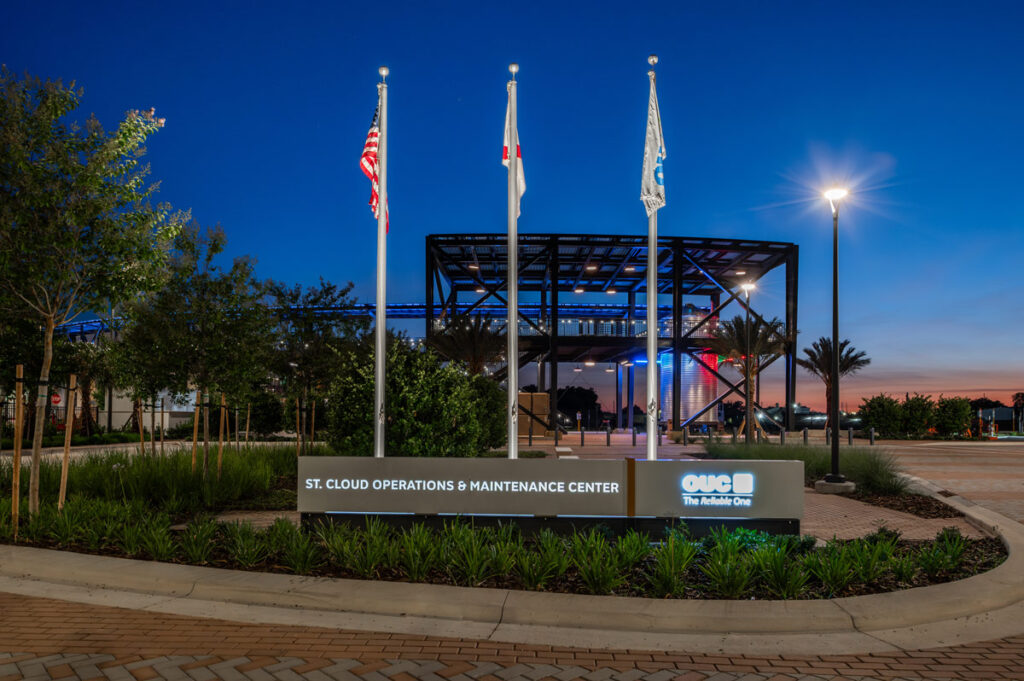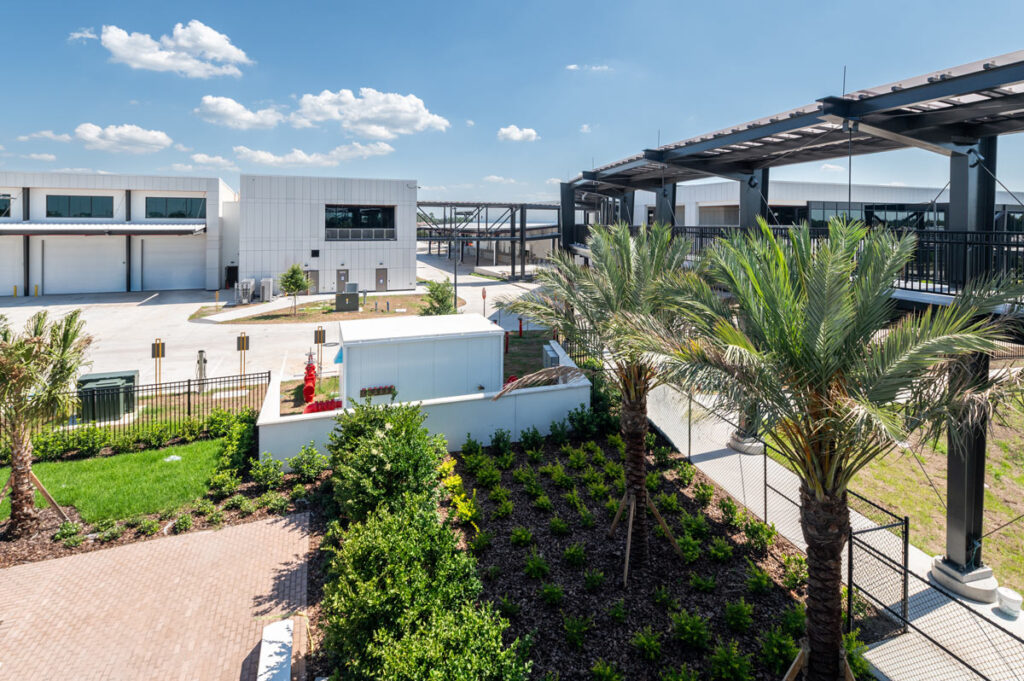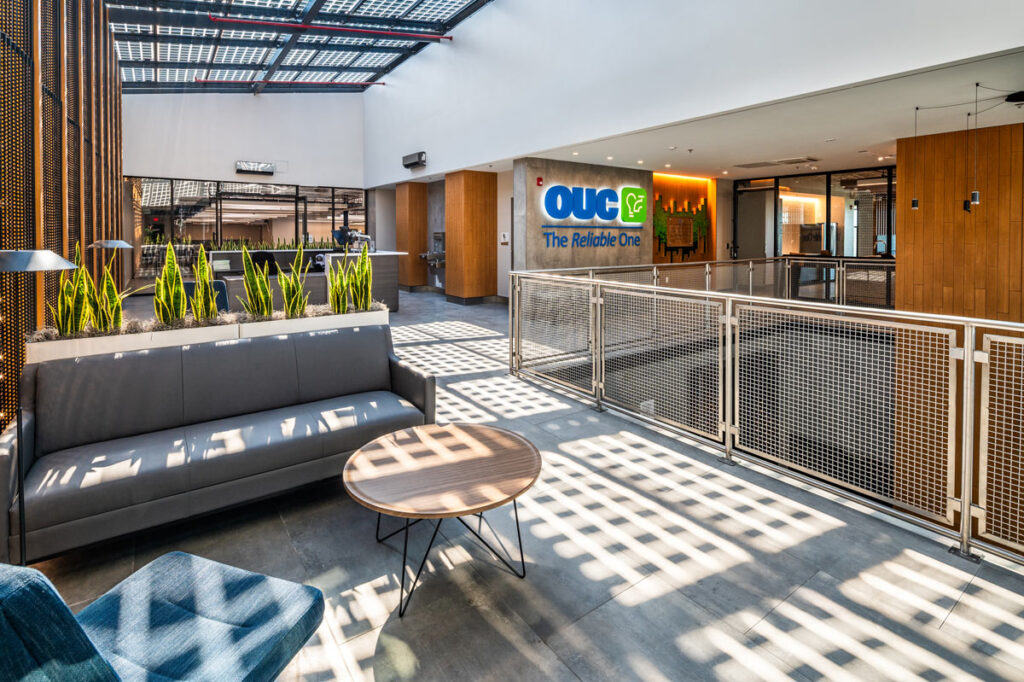
The term “net zero” has garnered plenty of buzz around the AEC industry, among policy makers, and within the sustainability community—but what does net zero actually mean? We sat down with STO Building Group’s own VP of Sustainability, Jennifer Taranto, to answer some of the top questions about building, designing, and managing net zero buildings.
Q1: What does “net zero” mean in the context of sustainable construction?
Taranto: Net zero is one of the most complex topics in sustainable construction today because there’s no universal definition. The U.S. Department of Energy introduced a national definition of Zero Emissions buildings in June 2024, which they amended shortly afterward, highlighting the ongoing evolution of this term.
So, when we talk about net zero, we should always clarify: net zero what? Net zero energy, emissions, waste, or water? These distinctions are crucial. As an industry, we need to ensure transparency and precision when discussing net zero claims to avoid confusion and establish shared goals.
Q2: What are the biggest drivers behind the shift toward net zero buildings?
Taranto: The primary drivers are:
1. Government regulations: Cities like New York (Local Law 97) and Boston (BERDO) have introduced some of the strictest building emissions regulations. These mandates push developers to meet energy performance standards or face penalties.
2. Market demand: Clients increasingly want to occupy net zero buildings. Many organizations have set ambitious environmental, social, and governance (ESG) goals, including carbon reduction targets, creating strong demand for sustainable spaces.
3. Climate change: The built environment accounts for nearly 40% of global CO2 emissions. Addressing this requires a shift toward net zero practices, from design through construction and operation.

Incentives and tax credits also play a role, though these are often time-limited. Utility incentives, however, are likely to remain a constant and should be leveraged whenever possible.
Q3: For clients considering a net zero project, what are the key factors to address?
Taranto: The most important step is to start with the end in mind. Clearly state your net zero goals upfront because retrofitting a traditional design to meet net zero standards is often costly and inefficient. Here are a few tips to help clients in their approach:
- Collaborate early: A successful project requires an integrated team approach involving architects, engineers, and sustainability experts from the outset.
- Tailor strategies to the building type: Decarbonizing an existing building involves different strategies than building a new one. For example, retrofits may focus on upgrading mechanical systems, while new construction demands high-efficiency systems from the start.
- Think holistically: Think beyond the design and construction by prioritizing the building’s long-term efficiency and sustainability.

Q4: How do renewable energy systems and emerging technologies contribute to net zero goals?
Taranto: Renewable energy systems are essential for achieving net zero. Energy consumption can only be reduced so far through efficiency measures, and renewable systems like solar panels can help bridge the gap. Solar arrays, for instance, can offset energy that can’t be eliminated through other means.
One of the most exciting innovations is nuclear energy, particularly small modular reactors (SMRs). Unlike traditional nuclear plants, SMRs are compact, scalable, and can power specific facilities, making them a game-changer for energy-intensive industries like data centers. These reactors provide reliable, low-emission energy while bypassing the lengthy approval and construction timelines associated with traditional nuclear power. While SMRs are not currently a common solution that has been deployed for commercial real estate they may play a future role in net zero emissions buildings.
Q5: How can clients and professionals navigate the challenges of net zero construction while maximizing its benefits?
Taranto: A phased approach can make the journey to net zero much more manageable:
- Start with efficiency: Focus on high-performance systems and materials that reduce energy consumption and maintenance costs over time.
- Layer in renewable energy: Add solar panels or geothermal systems where feasible to further reduce a building’s carbon footprint.
- Leverage incentives: Stay informed about federal, state, and utility-level incentives that can make net zero construction more financially viable.
Ultimately, prioritizing quality materials and systems will not only enhance sustainability but also improve the building’s longevity and reduce long-term costs.

Looking Ahead
As the industry moves toward a net zero future, the challenges of cost, complexity, and long-term maintenance must be met with innovation and collaboration. As Jenn always says, “Sustainability isn’t a checkbox—it’s a mindset that shapes every decision we make.” Have questions about net zero construction? Reach out to Jenn here.
About Jennifer Taranto
Jennifer Taranto is the Vice President of Sustainability at STO Building Group and a leading voice in sustainable construction practices. She is dedicated to helping clients and professionals alike achieve their sustainability goals.
